T4K3.news
Ford unveils lighter EVs with 51 kWh battery
Ford plans a 51 kWh battery for new EVs, aiming 250–300 miles per charge, while the Mustang GTD Liquid Carbon shows carbon fiber design and performance upgrades.

Ford pursues lighter, more affordable EVs with a 51 kWh battery while showcasing radical carbon fiber design in a high performance Mustang variant.
Ford Bets on Lighter EVs with 51 kWh Battery and Carbon Mustang
Ford is signaling a new direction for its electric lineup with a 51 kilowatt hour battery for upcoming models. The battery is roughly half the size of the pack in the F-150 Lightning, yet Ford says the new cars can achieve a 250 to 300 mile range per charge. If this balance holds, lighter weight could mean lower costs and easier manufacturing, appealing to buyers who want value in a still pricey market. Ford stock rose fractionally after the news on Friday.
At the same time, Ford is keeping its eye on performance. The Mustang GTD Liquid Carbon adopts bonded carbon fiber for a prominent, paintless exterior and comes with a Performance pack that includes a rear wing, dive planes and a larger splitter. The company frames this as proof that Ford can deliver exciting, premium options even as it expands a portfolio that remains anchored in traditional combustion engines. Wall Street shows a mixed view, with a Hold consensus and a target around 10.74 dollars, suggesting some upside but also notable risk amid broader market volatility.
Key Takeaways
"Less weight could mean more miles for less money"
highlight of the 51 kWh battery strategy
"Bold carbon fiber design signals Ford chasing high performance and identity"
comment on Mustang GTD Liquid Carbon
"If range holds, lighter packs may win price sensitive buyers"
analyst perspective on market impact
The move highlights a key tension in today’s auto market: customers want range and affordability, but automakers chase lighter designs and new materials to hit tougher cost targets. A 51 kWh pack could work if overall efficiency improves and weight comes down, yet questions linger about real world durability, charging speed, and winter performance. If Ford can keep the promised range while trimming price, the strategy could help the brand maintain relevance as affordable EV options proliferate.
The Mustang GTD Liquid Carbon represents Ford's bid to fuse performance lore with modern engineering. Carbon fiber cuts weight but adds cost, so the challenge is to scale while keeping the price attractive. If buyers respond to the blend of speed and sustainability, Ford could sharpen its competitive edge; otherwise investors may push back as rivals push broader, faster EV rollouts.
Highlights
- Less weight could mean more miles for less money
- Carbon fiber design signals a market and identity play
- Bold moves in a crowded EV race
- The next chapter for Ford is a test on the road
Budget and market risk around Ford EV plan
Ford aims to cut weight and cost with a smaller 51 kWh battery, but it faces questions about real world range, durability, and consumer demand in a price-sensitive market. Investor sentiment may swing with quarterly results as competition intensifies.
Markets will decide how far Ford can bend the math on lighter, cheaper EVs.
Enjoyed this? Let your friends know!
Related News
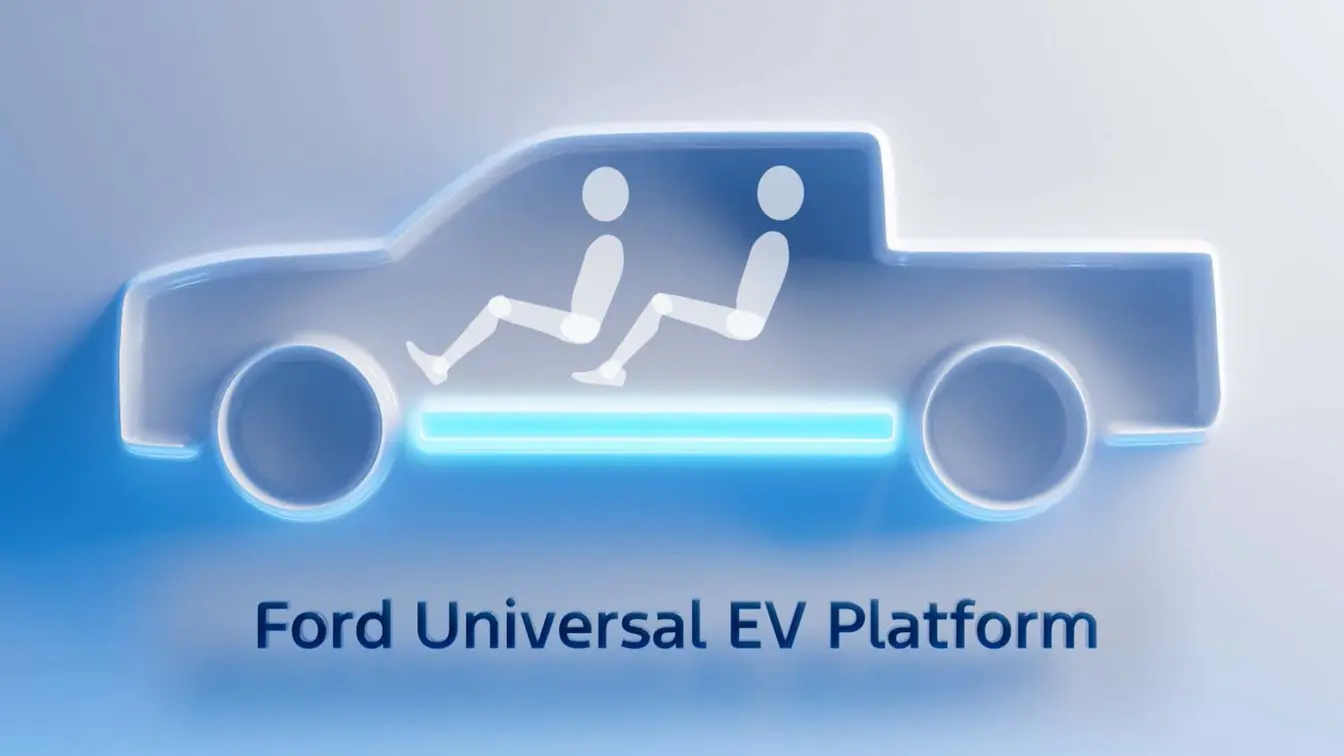
Ford aims at affordability with new EV pickup
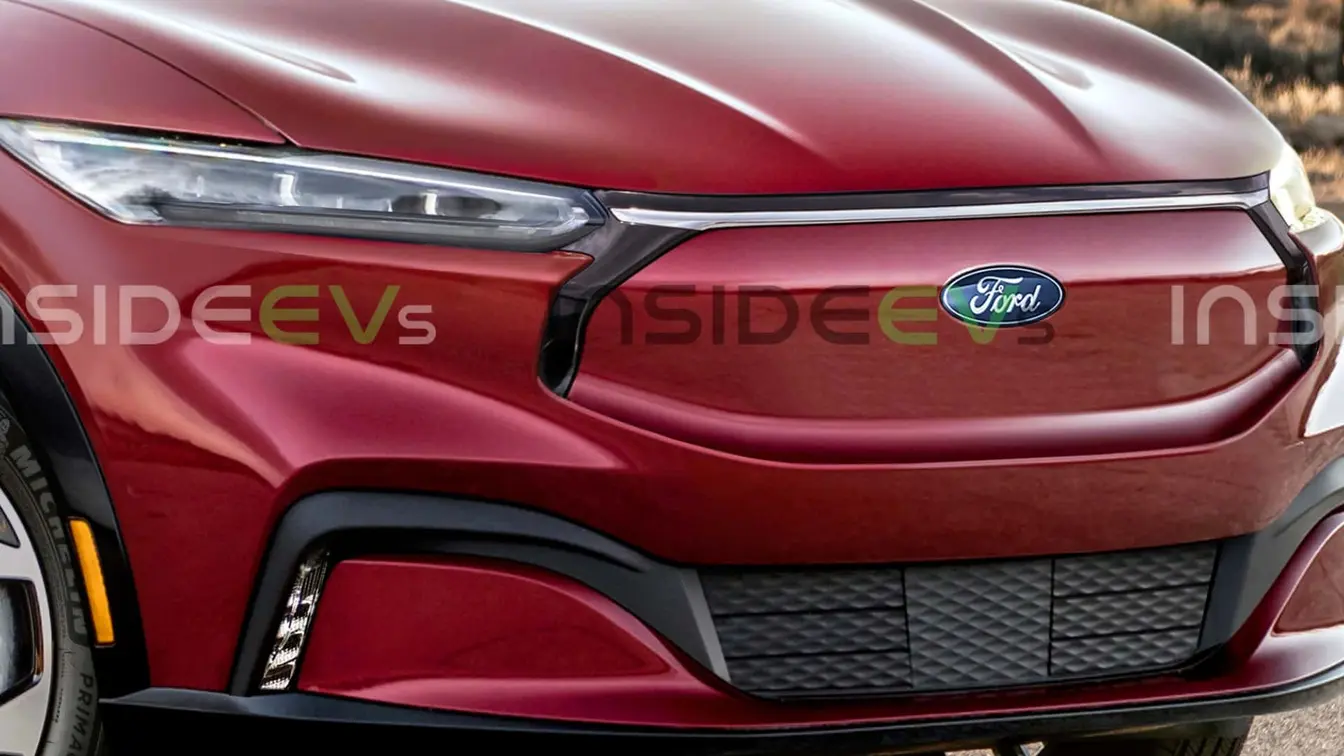
Ford sets date for major electric vehicle plans
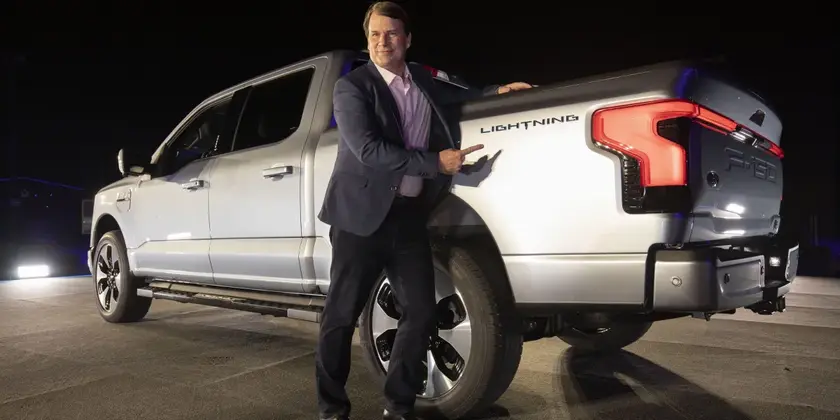
Ford bets 5 billion on new EV push

Polestar 3 sets new unmodified range record
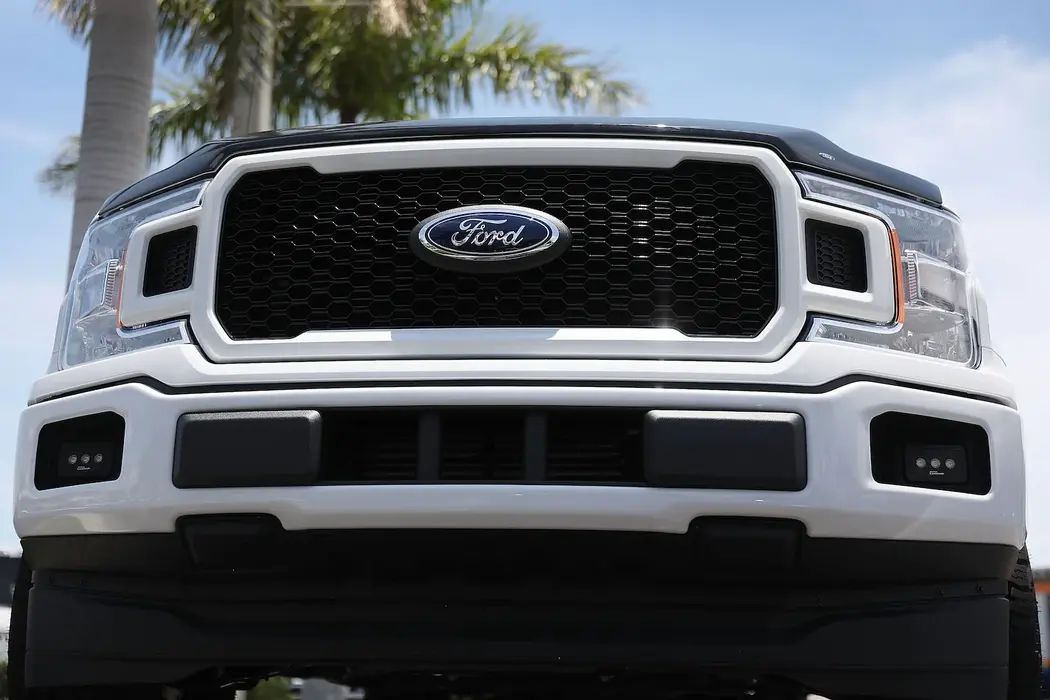
Ford bets on a 30k EV pickup

Ford expands EV push with Kentucky overhaul
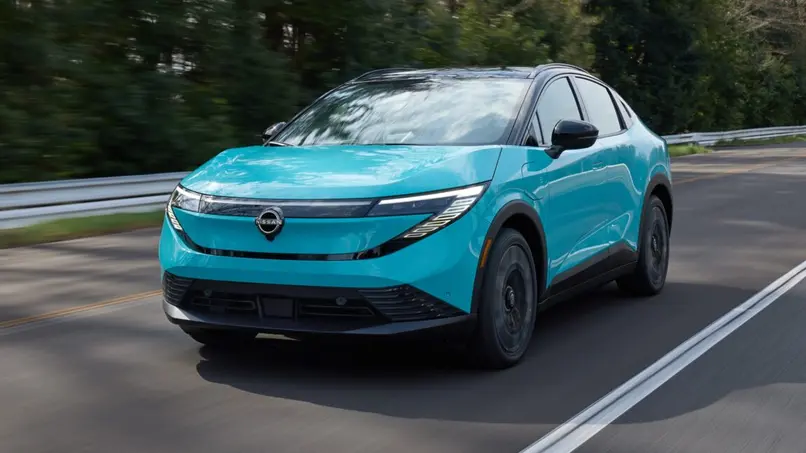
Leaf price update
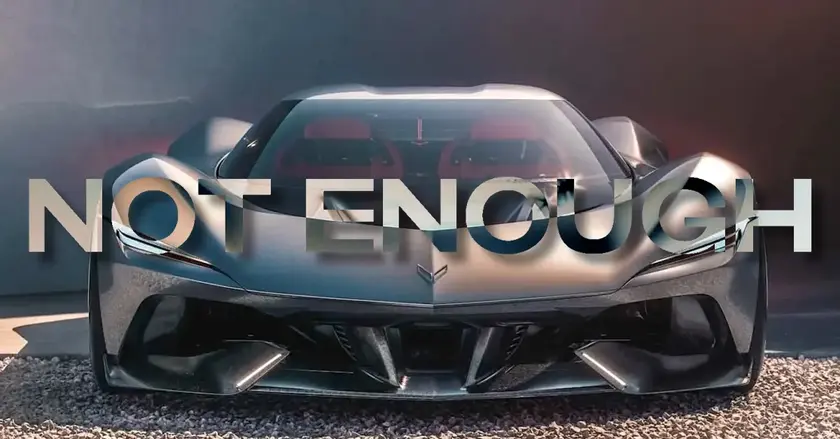
GM Corvette CX debuts with 2000 hp concept
